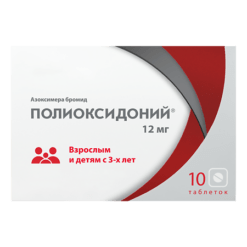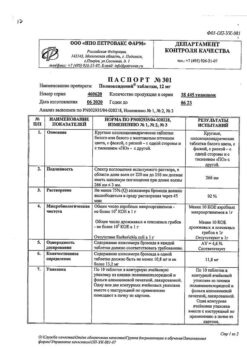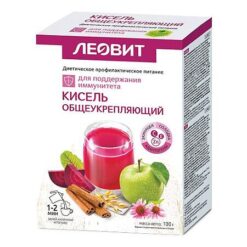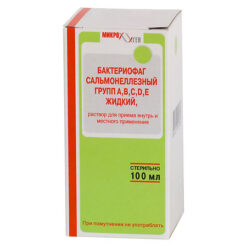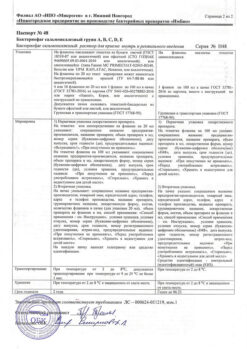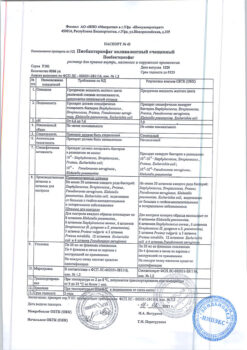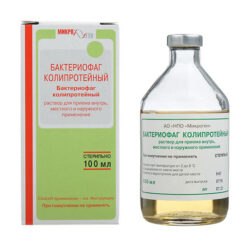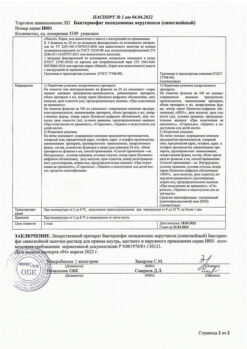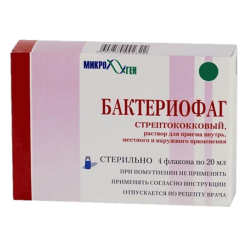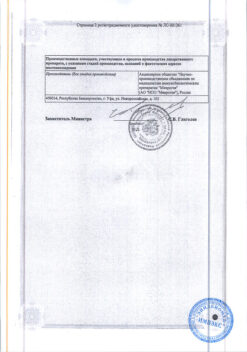No products in the cart.
Aldara, cream 5%, 250 mg, sachets 12 pcs.
€1.00
Out of stock
(E-mail when Stock is available)
Description
Immunomodulator.
The active substance of the drug is imihimod, which is a modifier of the immune response.
This substance (imiquimod) has no direct antiviral effect, its action is due to induction of interferon alpha and other cytokines.
Pharmacokinetics.
Less than 0.9% of the radioactive isotope-labeled imiquimod is absorbed through human skin after a single dose.
A small amount of the drug entered the systemic blood stream is excreted without delay through the kidneys and the intestine at a ratio of approximately 3:1.
The serum concentration of the drug after single or multiple topical applications did not reach quantifiable levels (> 5 ng/ml).
Indications
Indications
Active ingredient
Active ingredient
Composition
Composition
Associates: 100 mg /td> 5 mg
Associates:
isostearic acid – 25 mg,
cetyl alcohol – 2.2 mg,
stearyl alcohol – 3.1 mg,
paraffin soft white – 3 mg,
polysorbate 60 – 3.4 mg,
sorbitan stearate – 0.6 mg,
benzyl alcohol – 2 mg,
methyl parahydroxybenzoate – 0.2 mg,
propyl parahydroxybenzoate – 0.02 mg,
glycerol – 2 mg,
xanthan gum – 0.5 mg,
purified water – 52.98 mg.
How to take, the dosage
How to take, the dosage
Applied externally. The cream is applied in a thin layer to the pre-cleaned surface of the condyloma and gently rubbed into the skin until completely absorbed. The cream should be applied only to the affected area, avoiding contact with internal surfaces.
The Aldara cream is applied 3 times a week (e.g. Monday, Wednesday and Friday or Tuesday, Thursday and Saturday) prior to bedtime and left on the skin for approximately 6-10 hours, during which time no showers or baths should be taken. No dressing should be applied to the area where the cream is applied. After this period the cream should be washed off with water and mild soap.
The treatment should be continued until visible genital or perianal condylomas have disappeared, but not for more than 16 weeks.
The Aldara cream is packed in single sachet sachets containing the amount of cream needed to be applied to the affected area over an area of 20 cm2.
Do not use the cream more than once a day.
Do not use too much cream.
Interaction
Interaction
The interaction of imiquimod with other drugs, including immunosuppressants, has not been studied.
The minimal absorption of imiquimod through the skin should limit interactions with systemic drugs.
Special Instructions
Special Instructions
The Aldara cream is applied only to the affected areas.
You should avoid getting the cream on the mucous membranes and avoid contact of the cream with the eyes. If the cream gets into the eyes, it is recommended to rinse them with water.
The Aldara cream is used before bedtime. Use of excessive amounts of cream or prolonged contact with the skin may cause a pronounced local reaction.
Reuse of the opened sachet is not allowed.
Wash your hands thoroughly before and after applying the cream.
Males who have not been circumcised, when treating genital condylomas located under the foreskin, should rinse the affected area daily by pulling back the foreskin. It is recommended that treatment be stopped immediately if early signs of phimosis are found.
If a local reaction to the product causes serious discomfort to the patient, or if an infection develops in the area where the cream is applied, it is permitted to take a break in treatment for a few days. If an infection develops, the necessary measures are taken.
The Aldara cream may cause an exacerbation of inflammatory skin conditions.
The use of Aldara cream is not recommended until the skin has healed after other medical or surgical treatments.
Do not start treatment with Aldara cream on areas with open sores or wounds until they have healed.
The fillers methyl parahydroxybenzoate, propyl parahydroxybenzoate, cetyl alcohol and stearyl alcohol can cause an allergic reaction. If a hypersensitivity reaction is detected, it is recommended to discontinue therapy.
The use of an occlusive dressing during treatment with Aldara is not recommended.
The use of imiquimod in doses higher than recommended may increase the risk of severe local reactions.
While using Aldara cream, exposure to sunlight (including sunlight lamps) should be avoided or minimized because of the risk of sunburn.
Because imiquimod has no direct antiviral or cytotoxic action, it is possible that new genital and perianal condylomas may develop after therapy.
According to current knowledge, treatment of urethral, intravaginal, cervical, rectal or intraanal condylomas with Aldara cream is not recommended.
Aldara cream should be washed off the surface of the skin before sexual intercourse.
The Aldara cream can reduce the effectiveness of the condom or the vaginal diaphragm, so we do not recommend using these birth control methods when using Aldara cream. An alternative method of contraception should be chosen.
In patients with immunodeficiency, repeated use of Aldara cream is not recommended.
The effect of the drug on the ability to drive and operate machinery
There have been no studies of the effect of the drug on the ability to drive and operate machinery.
Contraindications
Contraindications
Side effects
Side effects
The frequency of side effects is defined as follows: very common (>1/10), common (1/100), infrequent (1/1000), rare (1/10,000), very rare (
Local skin reactions: very common – itching and pain at the site of cream application; common – infection, erythema, erosion, exoriations/scaling and edema; infrequent – skin itching, dermatitis, folliculitis, erythematous rash, eczema, urticaria; rare – induration, ulceration, scabbing and blistering, localized hypopigmentation and hyperpigmentation.
CNS and peripheral nervous system disorders: frequently – headache, dizziness; infrequently – insomnia, depression, irritability, paraesthesia, migraine, somnolence, tinnitus.
The digestive system: frequently – nausea; infrequently – abdominal pain, diarrhea, vomiting, anorexia, pain in the anus, rectal lesions.
Perior genital system disorders: infrequent – fungal and bacterial infection, herpes simplex, vaginitis, vulvitis, painful intercourse, pain in the penis, vagina, atrophic vaginitis.
Hematopoietic system disorders: very rarely – decrease of hemoglobin, leukopenia, absolute neutropenia and thrombocytopenia.
Muscular system disorders: infrequent low back pain and arthralgia.
Respiratory system: infrequent pharyngitis, rhinitis.
As to the body in general: frequently – infection, myalgia, fever, flu-like symptoms, fatigue; infrequently – increased sweating, lymphadenopathy.
In case of local side effects, the cream should be removed by washing with soap and water. Treatment can be resumed after the skin reaction has subsided.
Overdose
Overdose
In case of external use, the likelihood of systemic overdose of Aldara cream is low due to the low absorption of the drug through the skin.
Inadvertent ingestion of imihimod at a dose of 200 mg, which corresponds to the contents of approximately 16 sachets, may cause nausea, vomiting, headache, myalgia, and fever. The most clinically serious side effect of several oral doses of 200 mg is arterial hypotension, which is managed with oral or intravenous fluids.
Pregnancy use
Pregnancy use
Pregnant use is possible under strict indications if the estimated benefit to the mother exceeds the potential risk to the fetus.
Breastfeeding should be discontinued if it is necessary to use the drug during lactation.
Similarities
Similarities
Additional information
| Weight | 0.024 kg |
|---|---|
| Shelf life | 2 years |
| Conditions of storage | At a temperature not exceeding 25 °C |
| Manufacturer | Switzerland |
| Medication form | exterior cream |
Related products
Buy Aldara, cream 5%, 250 mg, sachets 12 pcs. with delivery to USA, UK, Europe and over 120 other countries.


